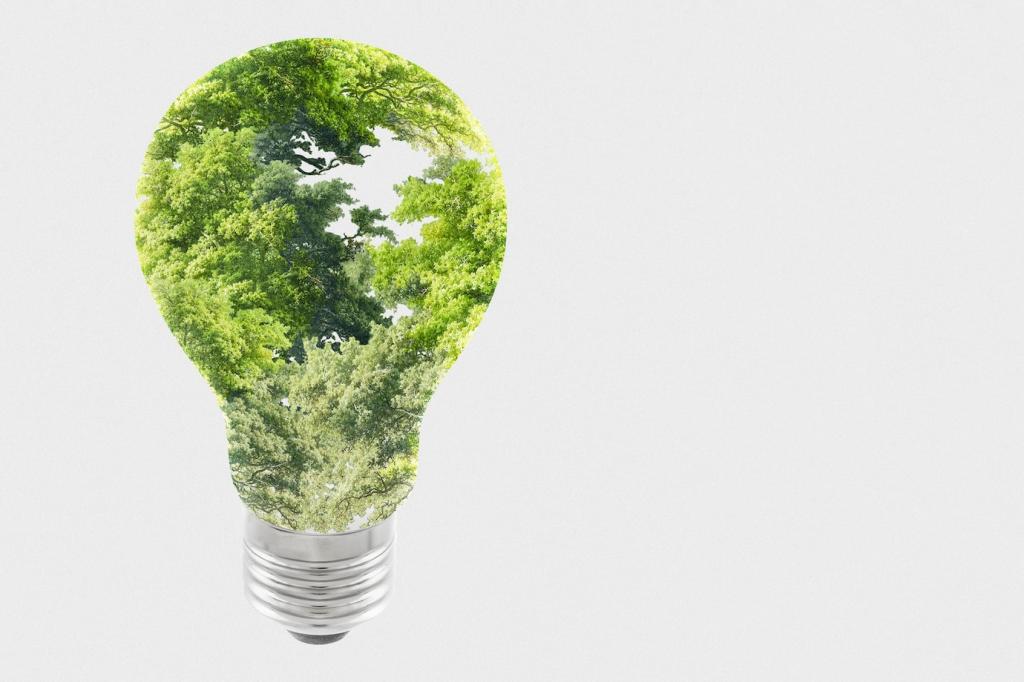
Green Building Technologies for the Future
Green building technologies represent the frontier of sustainable architecture, merging innovation with environmental responsibility to challenge traditional construction methods. These technologies are shaping the future by prioritizing energy efficiency, reducing waste, and promoting healthier living environments. As global awareness of climate change intensifies, the integration of advanced materials, smart systems, and renewable energy sources in building design has become crucial. This page explores the transformative potential of green building technologies, examining how they contribute to ecological preservation and economic resilience for future generations.
Sustainable Building Materials
Engineered Timber Solutions
Engineered timber, such as cross-laminated timber and glulam, offers strength comparable to steel and concrete while dramatically reducing embodied carbon. Unlike traditional timber, these engineered products are designed for precision and minimal waste, utilizing smaller-diameter trees from sustainably managed forests. Their lightweight nature simplifies transportation and quickens assembly times. Engineered timber solutions demonstrate how renewable resources can fulfill modern architectural ambitions, even for high-rise buildings, making them a pivotal component in the global transition to greener construction methods.
Recycled and Repurposed Materials
Incorporating recycled and repurposed materials into building design reduces reliance on virgin resources and diverts waste from landfills. Items like recycled steel, glass, and even plastic find new life in structural components, flooring, and insulation. Utilizing materials salvaged from demolished buildings or post-consumer products supports the circular economy and reduces the environmental burden of extracting and manufacturing new materials. These practices not only lessen environmental impact, but also inspire innovative architectural aesthetics rooted in sustainability.
Advanced Insulation Technologies
Insulation is pivotal for energy conservation and occupant comfort in every climate. Emerging insulation technologies, such as aerogels and vacuum-insulated panels, outperform conventional options by delivering higher thermal resistance with a thinner profile. These advancements dramatically curb heat transfer, leading to lower energy consumption for heating and cooling. Modern insulation solutions are also developed with non-toxic compounds, promoting better indoor air quality. As a result, advanced insulation is integral to the next generation of high-performance, eco-friendly buildings.

Energy Efficiency Innovations
Intelligent Building Management Systems
Intelligent building management systems use sensors, analytics, and automation to optimize energy use throughout the day. By monitoring occupancy, light levels, and environmental conditions, these systems dynamically adjust heating, cooling, and lighting to suit actual needs rather than fixed schedules. Greater operational efficiency translates to significant cost savings and reduced greenhouse gas emissions. These smart systems can also anticipate maintenance requirements, enhancing equipment longevity and ensuring consistent performance.
High-Performance Windows and Glazing
Windows are vital interfaces between interior spaces and the external environment, but are often sources of energy loss. High-performance windows utilize multiple glazing layers, inert gas fills, and low-emissivity coatings to minimize heat transfer while maximizing natural light. In climates with extreme temperatures, these technologies dramatically reduce the workload on HVAC systems. Incorporating smart glass that dynamically tints or controls transparency further elevates efficiency and user comfort, supporting greener and more adaptable building envelopes.
Renewable Energy Integration
Renewable energy integration transforms buildings into energy producers, rather than mere consumers. Photovoltaic solar panels, wind turbines, and geothermal systems are seamlessly incorporated into building design to offset or even eliminate reliance on fossil fuels. Modern technologies enable real-time energy harvesting and storage, providing flexibility to meet demand fluctuations or power outages. Incorporating renewables not only curbs operational emissions but can also contribute surplus energy back to the grid, reinforcing the shift towards decentralized, clean energy infrastructure.
Indoor Environmental Quality
Advanced Ventilation and Air Purification
Green buildings incorporate advanced ventilation systems that efficiently exchange indoor and outdoor air while filtering pollutants, allergens, and pathogens. Heat recovery ventilators and demand-controlled ventilation are engineered to minimize energy waste without compromising fresh air supply. Innovative air purification devices employ HEPA filters, activated carbon, and even UV-C light to neutralize biological and chemical contaminants. The integration of these technologies ensures that occupants benefit from consistently high air quality, which is critical in both residential and commercial environments.
Daylighting and Lighting Controls
Harnessing daylight reduces dependence on artificial lighting, supports well-being, and improves occupant productivity. Green building technologies leverage strategically placed windows, skylights, and reflective surfaces to maximize natural light penetration. Automated lighting controls, such as dimmers and occupancy sensors, further enhance efficiency by minimizing unnecessary energy consumption. The interplay between daylight harvesting and advanced lighting systems delivers comfortable, adaptive environments that respond to changing outdoor conditions and user preferences.
Low-Emission Materials and Finishes
The selection of low-emission materials and finishes is fundamental to maintaining healthy indoor environments. Products with low levels of volatile organic compounds (VOCs), such as paints, adhesives, and flooring, dramatically limit off-gassing and indoor air pollution. Third-party certification and rigorous standards ensure these materials deliver on safety without sacrificing performance or aesthetics. By reducing occupants’ exposure to harmful chemicals, green buildings promote better respiratory health and overall well-being for their users.
